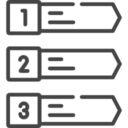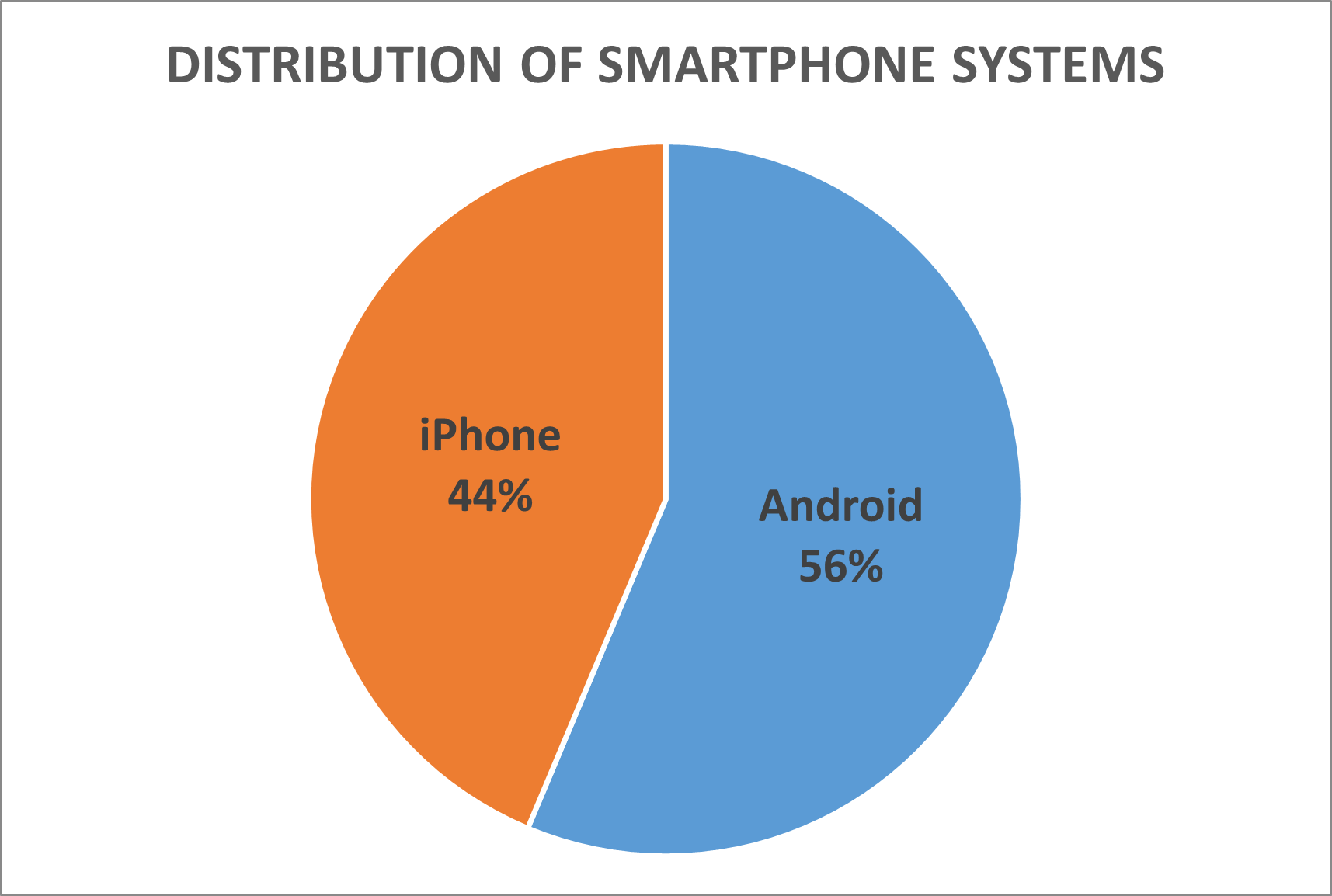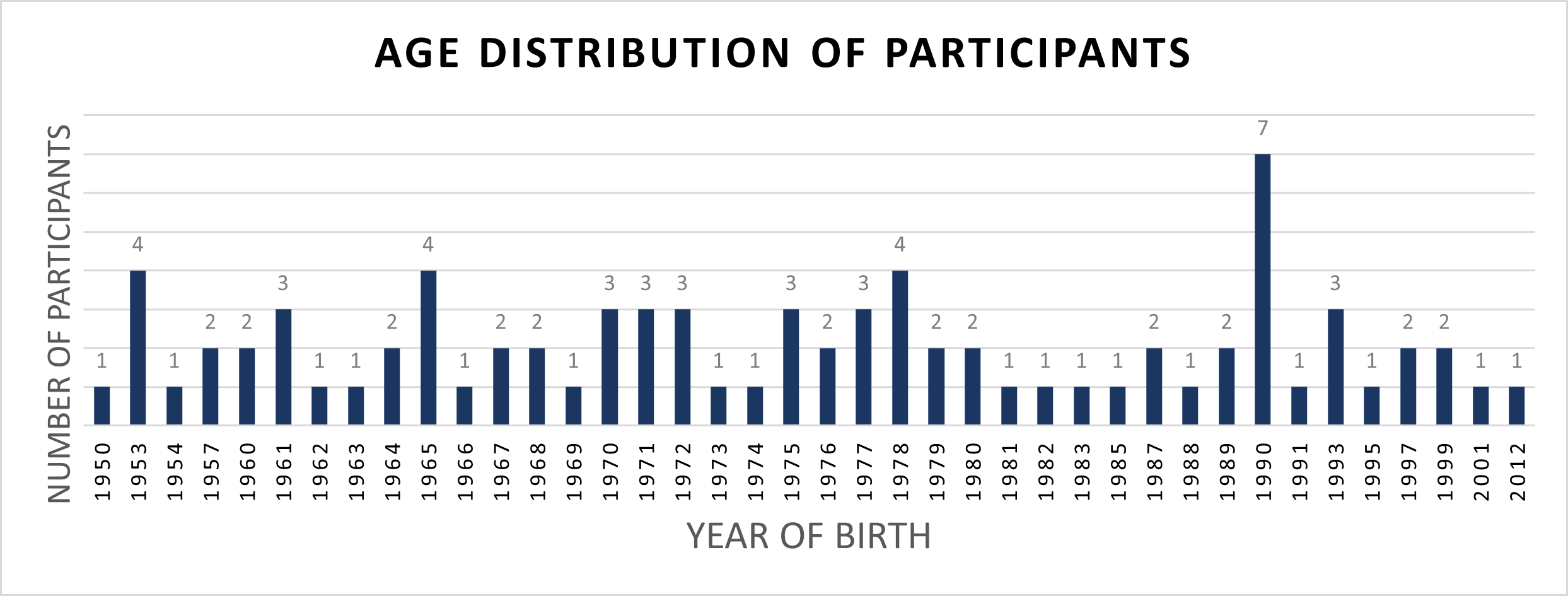Do you know how many smartphone apps there are? According to Statista, more than three million apps are listed in the Google App Store (source, german (Link öffnet in einem neuen Tab)). Apple’s App Store has fewer apps listed, but still has more than 1.5 million apps.
Choosing from this unmanageable number of apps required a systematic approach. We focused on the following aspects:
In the following we document the individual steps in the selection process.
1. Creating the rough list
We measured the popularity of apps in Switzerland by ranking them in the Swiss Google Play Store. The data of the 50 most popular free apps in each category was obtained in a structured form from similarweb (Link öffnet in einem neuen Tab).
Because Android, with a market share of around 70%, is much more popular than iOS, we relied on data from the Google Play Store. The following 22 categories were taken into account:
This sample resulted in a rough list of 1,100 free apps.
2. Preparing the shortlist
The aim of this second step was to draw up a list that we were able to put to the vote through various organisations. The requirement in this case was to reduce the number of potential candidates to 40–50 apps.
First of all, we made sure that all the apps in the rough list were also available for iOS. The country of the publisher was then added for each app. In a final step, we selected two apps per category from this revised list according to the following criteria:
This resulted in a list of 44 apps.
3. Public nomination with organisations
The objective and verifiable collection of apps was a key quality criterion of the selection process. Nevertheless, we were keen to include the voice of those affected in the app selection process. This meant we were also able to ensure that apps which are less popular, but central to those affected, were also taken into account.
To achieve these goals, we created a short survey asking people which apps on the shortlist were an integral part of their daily lives and which apps they thought were missing from the list.
We were able to disseminate the survey to interested parties via the following organisations:
This enables us able to receive feedback from 87 people. The results of the surveys helped us in the final selection of our test candidates.
4. Compilation of the definitive list
In this last step, we compiled the definitive list of apps to test. The aim was to produce a list of 30–40 candidates who could be tested as part of the Swiss Accessibility Study 2023 – Mobile Apps. The compilation was also intended take into account the need to allow some comparability within the test results. To achieve this, we have done the following:
This resulted in a list of 50 test candidates. To find out which apps made it onto the list and whether we can actually test all apps, visit the List of Selected Apps page.
After the definitive list was drawn up, we informed all the publishers in the list about the choice. We also asked providers of apps for which we do not have trial access about the possibility of trial access.
5. Selection of the Android sample
The Android sample was selected after the iOS accessibility tests had been carried out. The five apps to be tested were selected based on the following criteria:
For the selection of the app, we chose the most popular apps with the best assessment in terms of accessibility. We selected at most one app per category. The selection made can be found in the list of selected apps.





